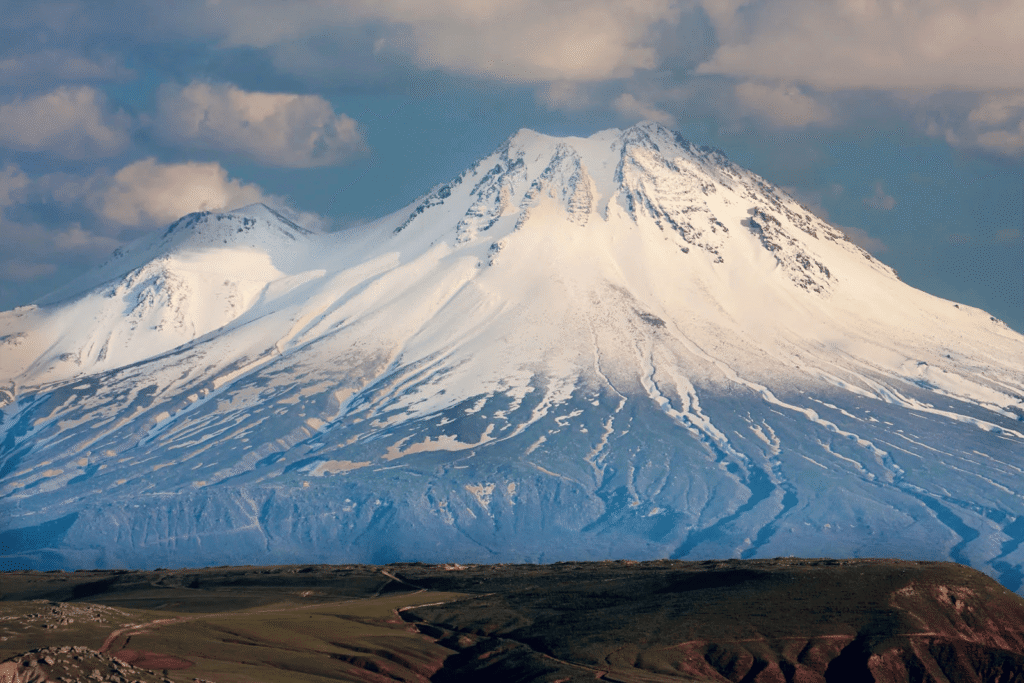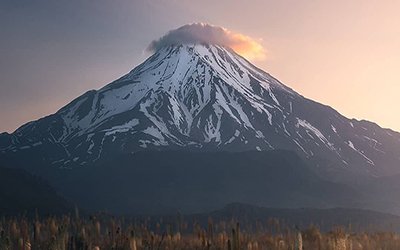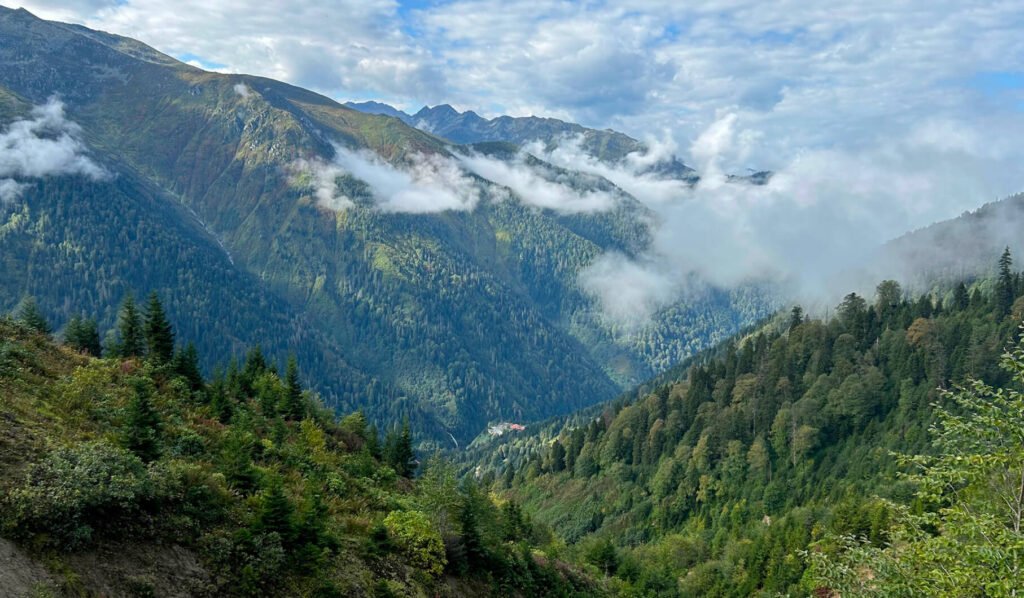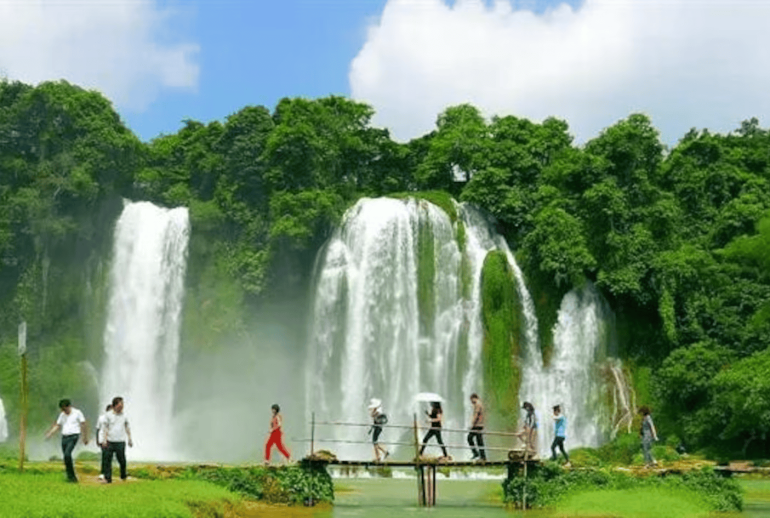Western Asia—often referred to as the Middle East—is a region rich in culture, history, and breathtaking natural wonders. From towering mountains to vast deserts, crystalline lakes, and lush valleys, this diverse and expansive part of the world offers unique landscapes that rival those of any other continent.
For nature lovers, adventurers, and curious travelers, exploring the natural beauty of Western Asia is like stepping into a world where ancient landscapes meet geological marvels. Here are some of the most spectacular and unforgettable natural wonders in Western Asia.
1. Cappadocia, Turkey – Land of Fairy Chimneys
Arguably one of the most iconic natural wonders in Turkey, Cappadocia features an otherworldly landscape of cone-shaped rock formations, known as “fairy chimneys”. These geological features were formed by volcanic eruptions millions of years ago, followed by wind and water erosion.
Why Visit:
- Ride a hot air balloon at sunrise for panoramic views of the surreal terrain.
- Explore underground cities and cave churches carved into the soft volcanic rock.
- Photograph unique formations at Devrent Valley and Love Valley.
Best time to visit: April to October for mild weather and balloon flights.
2. Wadi Rum, Jordan – The Valley of the Moon
A UNESCO World Heritage Site, Wadi Rum is a protected desert wilderness in southern Jordan. Known for its towering sandstone cliffs, red dunes, and ancient petroglyphs, it’s no surprise this desert has been featured in movies like Lawrence of Arabia and The Martian.
Highlights:
- Jeep or camel safari through the Martian-like terrain.
- Camp under a sky full of stars in a traditional Bedouin tent.
- Hike through narrow canyons and hidden rock bridges.
Best time to visit: Spring (March–May) or autumn (September–November) to avoid extreme heat.
3. Mount Ararat, Turkey – The Legendary Peak

Towering at over 5,100 meters (16,800 feet), Mount Ararat is Turkey’s highest peak and is steeped in legend as the supposed resting place of Noah’s Ark.
Nature meets mythology:
- Snow-capped all year round, Ararat is a paradise for climbers.
- The surrounding area includes Ararat National Park with rich biodiversity.
Climbing season: July to September. A permit is required for climbing.
4. Lake Urmia, Iran – The Changing Salt Lake
Once one of the largest saltwater lakes in the Middle East, Lake Urmia in northwest Iran is known for its striking red and turquoise hues, thanks to algae and salt concentration. Although its size has fluctuated drastically due to climate and human activity, recent conservation efforts are showing signs of recovery.
What makes it special:
- Floating in the hypersaline water is possible—like the Dead Sea.
- A critical habitat for migratory birds, especially flamingos.
Tip: Visit during spring or fall when the lake’s water levels are at their peak.
5. Qadisha Valley, Lebanon – A Sacred Mountain Refuge
The Qadisha Valley, also known as the Holy Valley, is one of Lebanon’s most spectacular natural and spiritual sites. Carved by the Qadisha River, the valley is flanked by steep cliffs and ancient monasteries built into the rocks.
Nature & heritage:
- Home to ancient cedar forests, including the famous Cedars of God.
- Great for hiking and discovering centuries-old Christian hermitages.
Best time to visit: Late spring or early autumn for ideal hiking conditions.
6. The Dead Sea – Shared by Jordan, Israel & Palestine
The Dead Sea is the lowest point on Earth’s surface at over 430 meters below sea level. It’s famous for its hypersaline waters, which allow people to float effortlessly, and its mineral-rich mud, touted for health benefits.
Natural wonder highlights:
- Float in the sea while reading a book—yes, it’s that buoyant!
- Enjoy therapeutic mud baths.
- Visit nearby desert canyons and freshwater springs like Ein Gedi.
Best time to visit: October to April for cooler, pleasant weather.
7. Band-e Amir National Park, Afghanistan – Lakes of Sapphire
Located in the Bamyan Province, Band-e Amir is Afghanistan’s first national park and one of its best-kept secrets. The park features a series of natural, high-altitude lakes separated by limestone dams, with waters that shimmer in deep blue and turquoise.
What makes it magical:
- Crystal-clear lakes nestled in stark, mountainous terrain.
- A peaceful, untouched environment ideal for quiet reflection or photography.
Note: Always check local travel advisories before planning a trip to Afghanistan.
8. Mount Damavand, Iran – The Persian Giant

Standing at 5,610 meters (18,406 feet), Mount Damavand is the tallest mountain in Iran and the highest volcano in Asia. Part of the Alborz mountain range, it’s a symbol of Persian culture and history.
Adventure appeal:
- Offers stunning views, snowfields, and volcanic hot springs.
- Popular among seasoned hikers and mountaineers.
Climbing season: June to September, when weather conditions are favorable.
9. Gobustan National Park, Azerbaijan – Ancient Meets Natural
Located near the Caspian Sea, Gobustan is renowned for its prehistoric rock carvings, mud volcanoes, and semi-desert terrain. It’s a UNESCO World Heritage Site and one of the most fascinating geological locations in Western Asia.
What to see:
- Petroglyphs dating back over 12,000 years.
- Bizarre, bubbling mud volcanoes—Azerbaijan has over half the world’s total!
Best time to visit: Spring and autumn for mild temperatures and clearer skies.
10. Kaçkar Mountains, Turkey – The Lush Side of the East

In northeastern Turkey near the Black Sea, the Kaçkar Mountains are a lush and dramatic departure from the arid landscapes often associated with Western Asia. These mountains are part of the Pontic range and are filled with alpine meadows, glacial lakes, and forested valleys.
Nature lover’s dream:
- Ideal for hiking, camping, and wildlife spotting.
- Rich in endemic flora and fauna.
Travel tip: Visit in summer for wildflowers and accessible trails.
Final Thoughts
Western Asia is more than deserts and historical monuments—it’s a region of spectacular natural beauty and geological diversity. Whether you’re trekking up snow-capped peaks, floating in mineral-rich seas, or exploring otherworldly rock formations, the natural wonders of Western Asia are guaranteed to ignite your sense of adventure and wonder.







